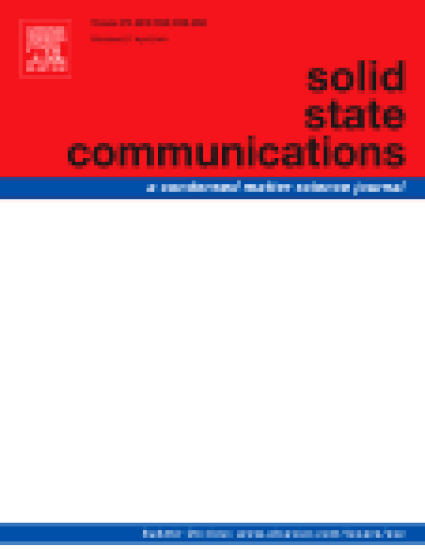
Article
Doping vs alloying in amorphous hydrogenated boron carbide
Solid State Communications
(1995)
Abstract
We have grown amorphous hydrogenated boron carbide thin films with boron concentrations ranging from 0 to 18 atomic percent by plasma decompostion of a feedstock of diborane and methane. The chemical composition, optical bandgap, and electrical conductivity activation energy data provide convincing evidence that this material is an alloy at high boron concentrations. On the other hand, the electrical conductivity prefactors, which are proportional to the acceptor densities, demonstrate that the boron also acts like a dopant, with increasing boron concentrations leading to increasing acceptor densities. Finally, the samples with the highest boron concentrations also had the highest hydrogen concentrations — 61 atomic percent — strongly suggesting that this material is a tenuous boron-carbon matrix with plenty of methyl, methylene and borene groups hung from the matrix.
Disciplines
Publication Date
March 1, 1995
DOI
10.1016/0038-1098(94)00914-7
Citation Information
Brian Sylvester, Shu-Han Lin and Bernard J. Feldman. "Doping vs alloying in amorphous hydrogenated boron carbide" Solid State Communications Vol. 93 Iss. 12 (1995) p. 969 - 971 Available at: http://works.bepress.com/bernard-feldman/29/
